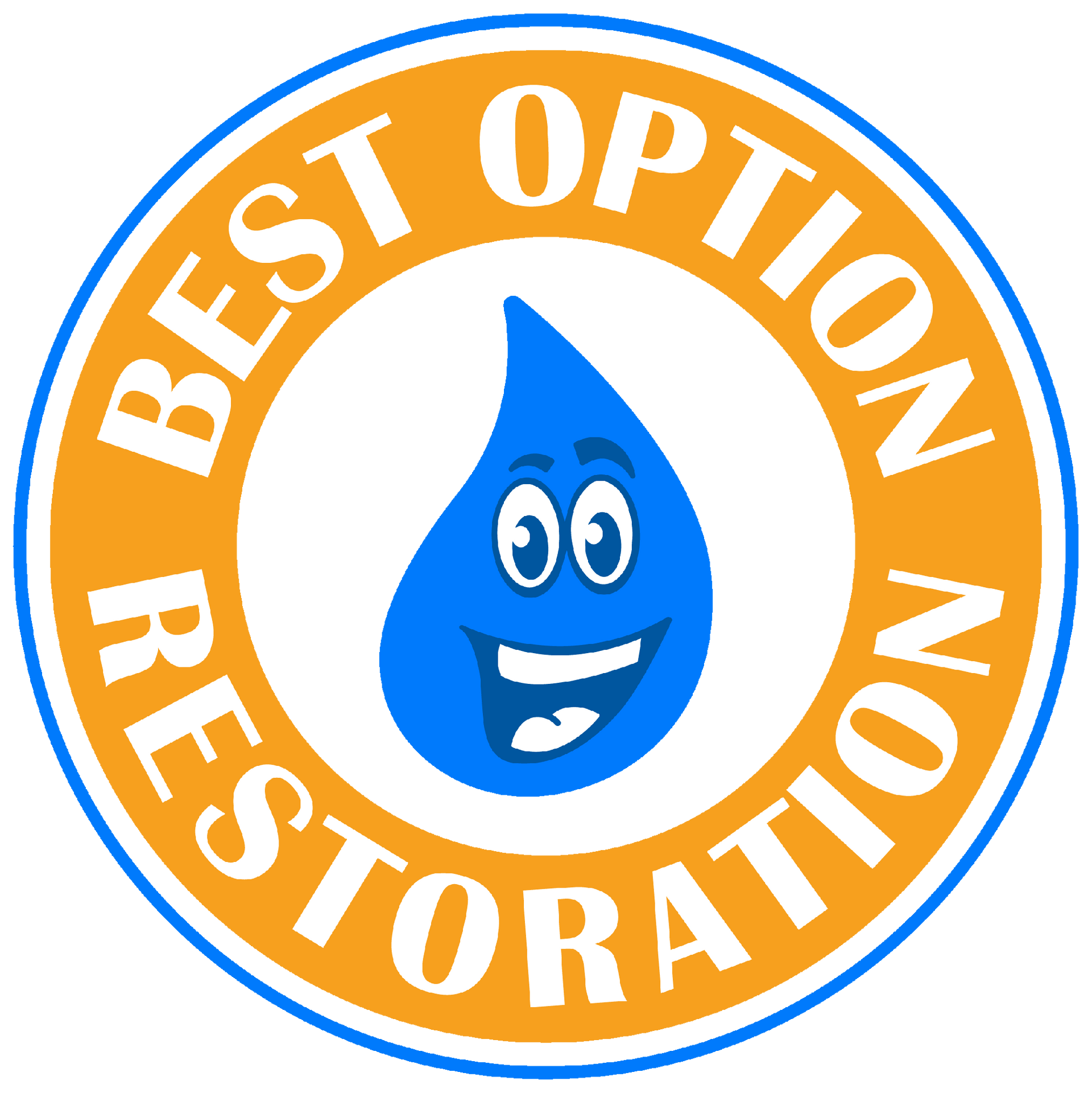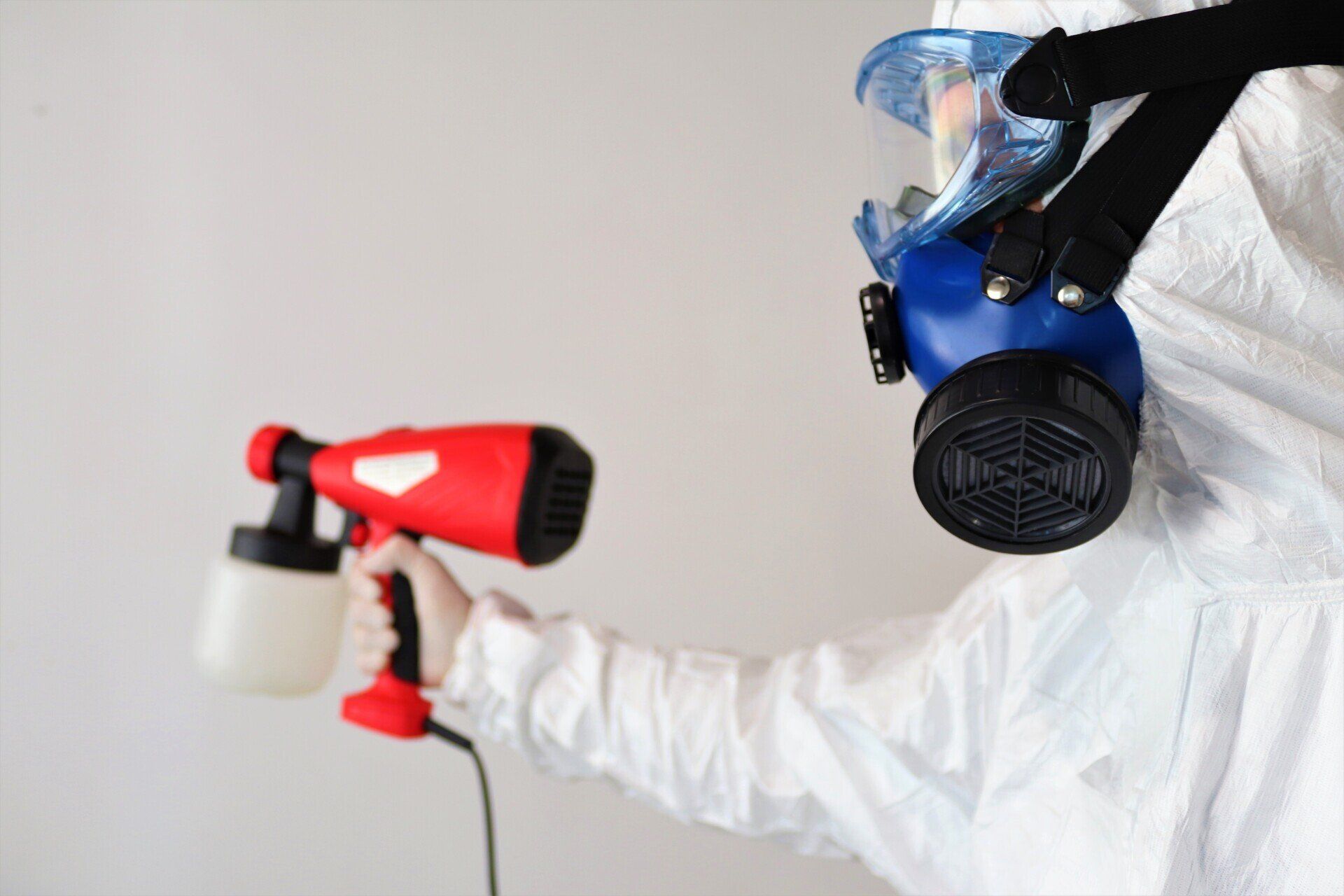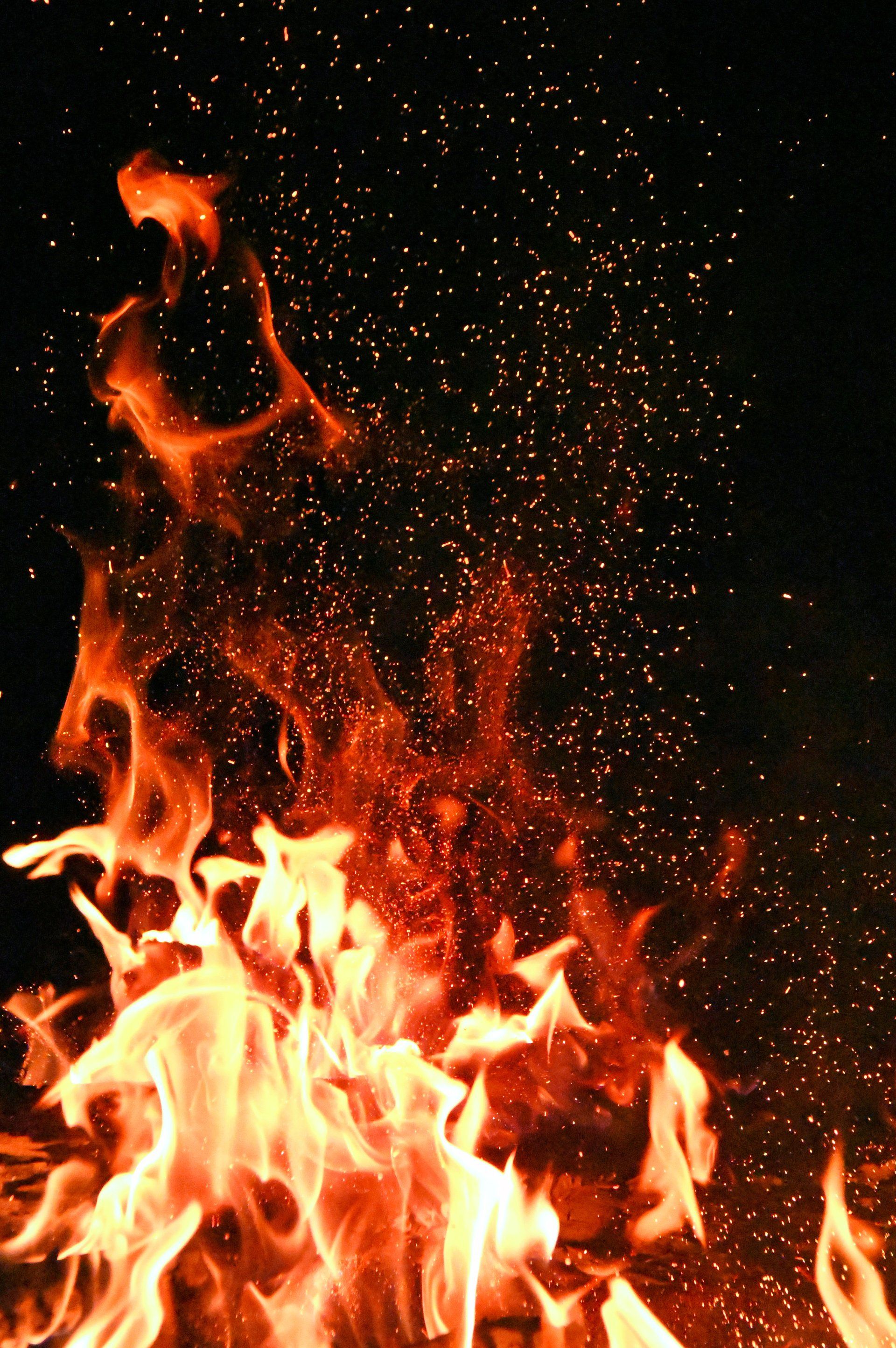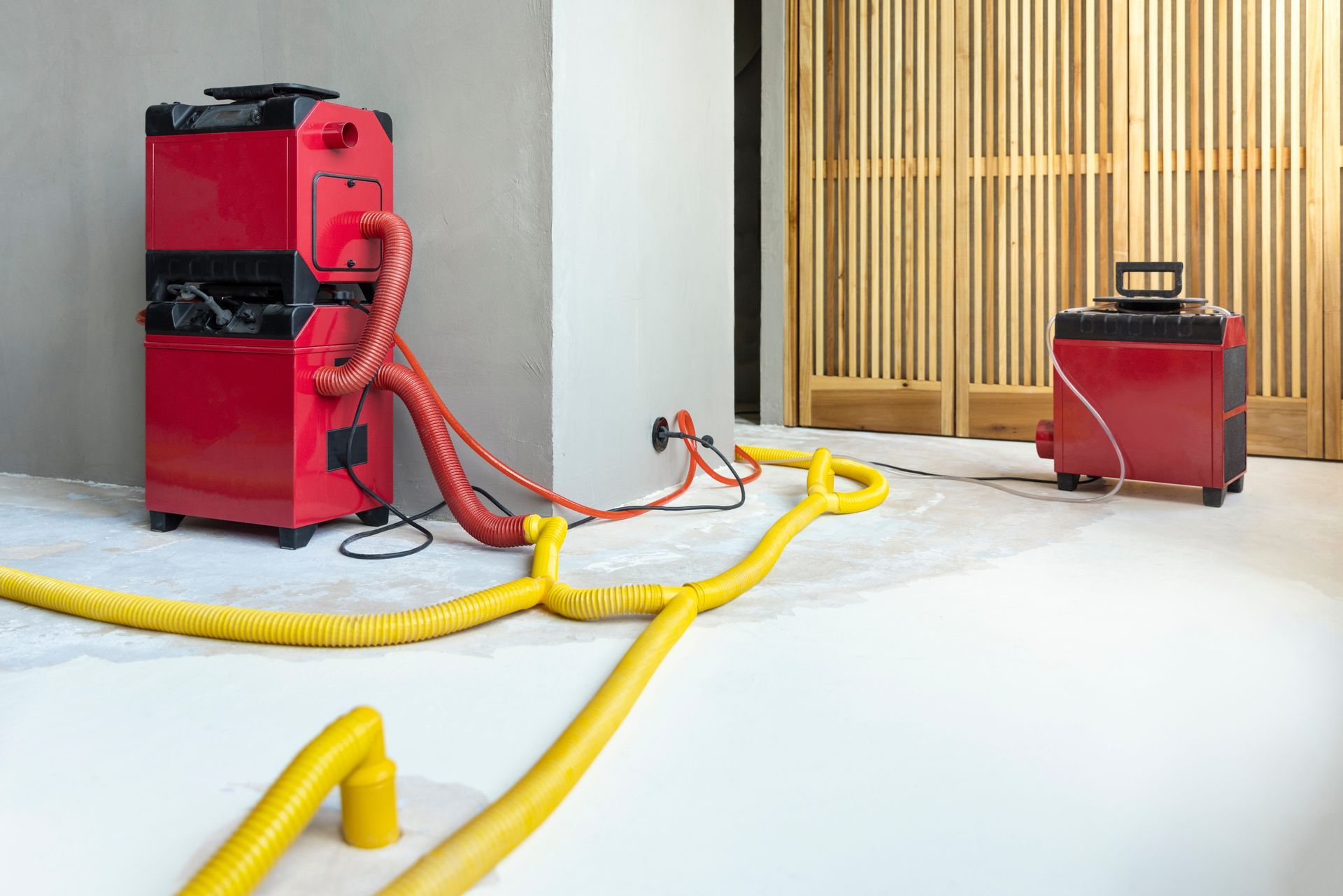Understanding the Causes of Mold Growth in Your Home
What Causes Mold in Your Home and How to Prevent It: A Complete Guide
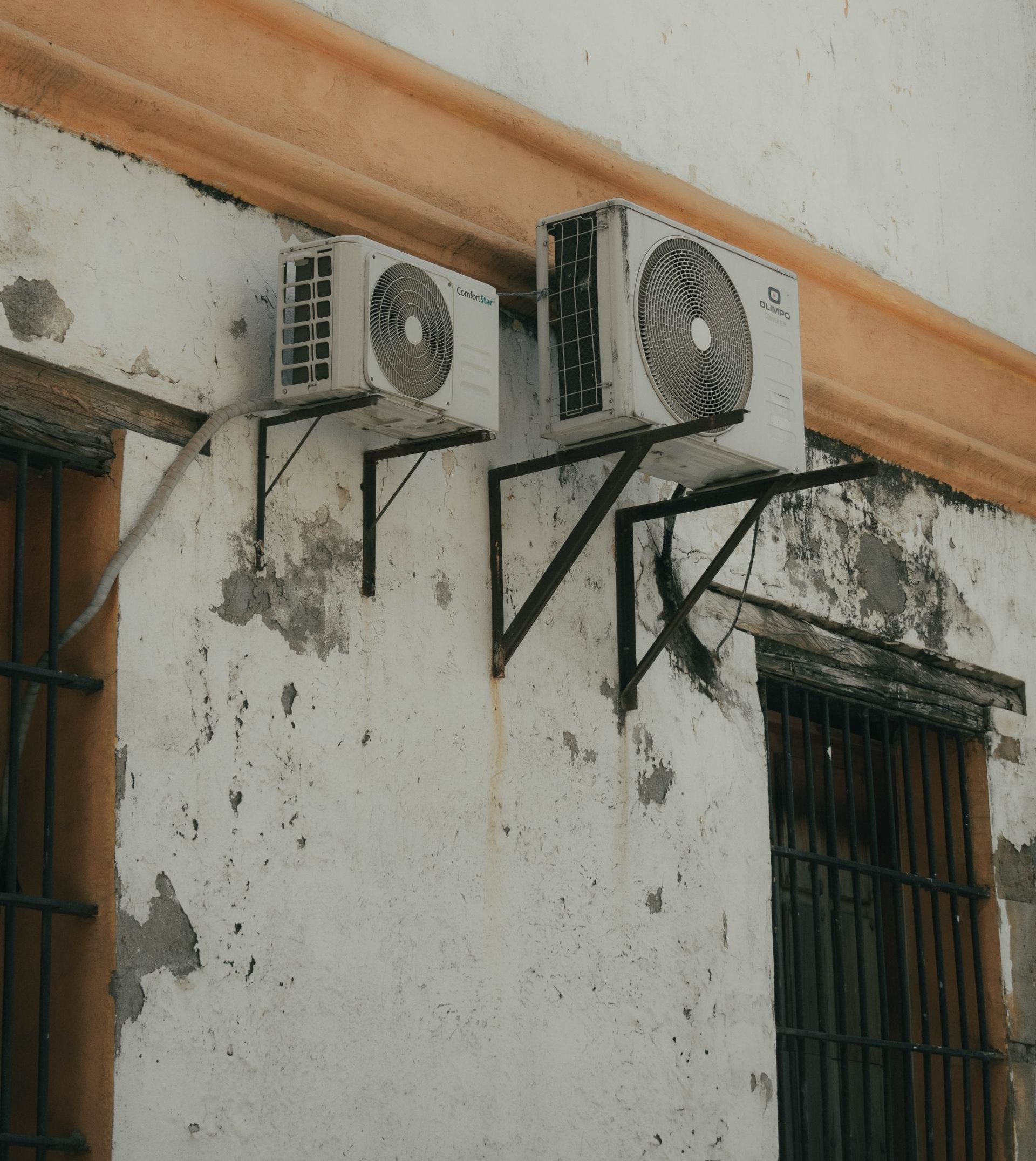
Understanding what causes mold in your home is crucial to maintaining a healthy living environment. Mold growth is often the result of moist air getting trapped in areas of your home, particularly in or on drywall insulation, leading to mildew and mold formation. These seemingly harmless specks can cause significant health issues if left unresolved. This guide will provide comprehensive insights into what causes mildew and mold in your home, including the role of moisture, temperature, and organic materials. We will also discuss strategies to prevent mold growth, ensuring your home remains a safe and healthy sanctuary.
Understanding the Causes of Mold
In order to effectively prevent mold growth in your home, it's crucial to first understand what causes mold. This invisible foe can silently sneak into our living spaces, especially when certain conditions are met. Factors like moist air, damp drywall insulation, and even certain climatic conditions can cause mildew and mold. Here are some of the various causes of mold to help you comprehend how it can manifest in your home and the measures you can take to prevent it.
Moisture
Moisture plays a pivotal role in the growth of mold. The microscopic spores that cause mold thrive in damp environments and can rapidly multiply when exposed to excess moisture. Various sources can contribute to this moisture build-up in your home, thus creating an environment conducive to mold growth.
Leaks, for instance, from roofs, pipes, or around windows, can lead to dampness in your drywall insulation and other materials, causing mold over time. Similarly, condensation on cold surfaces can provide the moisture mold needs to grow. Even high humidity levels, common in bathrooms, kitchens, and basements, can cause mildew and mold.
Therefore, controlling the moisture levels in your home is a crucial step in preventing mold growth. By understanding and addressing these moisture sources, you can create a drier, healthier living space and significantly reduce the risk of mold infestations.
Poor Ventilation
Poor ventilation plays a significant role in creating an environment suitable for mold growth. When a room lacks proper air circulation, it can lead to the build-up of stale, humid air. This moist air, unable to escape due to inadequate ventilation systems, becomes trapped inside your home. Subsequently, the humidity levels rise, and moisture is unable to evaporate efficiently.
Surfaces within your home then remain damp for longer periods, creating conditions that help mold spores thrive and multiply. This scenario is particularly common in homes with poorly ventilated bathrooms, basements, or kitchens, where humidity levels tend to be higher due to activities like cooking, bathing, and laundry.
Therefore, improving ventilation in these and other areas of your home can be a crucial step toward preventing mold growth and maintaining a healthier indoor environment.
Water Damage
Water damage is a significant catalyst for mold growth in homes. When water intrudes into your property, it can create damp conditions perfect for the development of mold. This is particularly the case when the water damage is not promptly and adequately addressed.
Even minor water damage, such as small leaks, if left unattended, can cause moisture to penetrate into drywall insulation, under carpets, or other hidden areas. This moisture can subsequently result in mold growth. Therefore, addressing any form of water intrusion promptly and thoroughly is essential.
This includes taking steps such as thoroughly drying out the affected areas, repairing any leaks, and possibly replacing any water-damaged materials. By acting swiftly in the event of water damage, you can significantly reduce the risk of mold growth in your home.
High Humidity
High humidity is a significant contributor to mold growth, with levels above 60% providing an ideal breeding ground for mold spores. When the air in your home contains excess moisture, it creates environments conducive to mold growth, especially in areas without proper ventilation. Everyday activities such as cooking, showering, and even breathing can contribute to high indoor humidity levels.
For instance, steam from cooking or a hot shower can increase moisture in the air. Similarly, when we breathe, we release moisture into the air, and in a crowded home, this can significantly raise humidity levels. Additionally, homes in humid climates or those without adequate dehumidification systems are particularly vulnerable.
It's important to maintain indoor humidity levels below 60% and ensure good ventilation, especially in high-moisture areas like the kitchen, bathroom, and basement, to prevent the conditions that allow mold to flourish.
Poor Insulation
Poor insulation is another critical factor that often contributes to mold growth in homes. When your home isn't adequately insulated, it can lead to notable temperature fluctuations between the interior and exterior surfaces of your walls, ceiling, and floors. These temperature differences can cause condensation, a process where warm, moist air cools rapidly and turns into water droplets.
This condensation can accumulate on the cooler surfaces within your home, creating a damp environment—exactly what mold spores need to grow. Poorly insulated homes may also struggle with maintaining balanced humidity levels, further exacerbating mold problems. Therefore, ensuring your home is well-insulated is not merely a matter of comfort and energy efficiency.
It is a significant step in thwarting the conditions that cause mold and mildew, helping to protect the structural integrity of your property and the health of its occupants.
Lack of Sunlight
Lack of sunlight is a significant factor contributing to the growth of mold in homes. Mold spores thrive in dark, damp conditions, and spaces in your home that receive little to no sunlight often provide the perfect environment for mold to flourish. These areas, shielded from the sun, tend to be cooler and more humid, facilitating condensation and, thus, promoting mold growth.
Sunlight plays a crucial role in preventing mold growth as it helps to reduce humidity levels within your home. The warmth of the sun aids in the evaporation of moisture, disrupting the damp conditions that mold spores require to multiply. Furthermore, ultraviolet rays from sunlight are known to inhibit mold growth.
Hence, allowing more sunlight into your home by opening curtains or blinds and ensuring areas are well-lit can significantly aid in preventing mold growth by creating an environment less conducive to its development.
Poor Cleaning Habits
Poor cleaning habits can contribute significantly to the growth of mold in homes. Dust, dirt, and other debris often harbor organic material, providing ample nutrients necessary for mold spores to thrive and multiply. Neglected areas like corners, under furniture, or behind appliances become breeding grounds for mold when they're not cleaned regularly.
Moreover, failing to clean up spills, leaks, or other sources of excess moisture promptly can create damp conditions ideal for mold growth. Unaddressed moisture can seep into surfaces, providing a persistent water source for mold. This is especially detrimental when combined with high humidity or poor ventilation, which are common characteristics of homes with poor cleaning practices.
Therefore, maintaining a regular cleaning schedule and promptly addressing moisture sources is essential in preventing mold growth and ensuring a healthy living environment.
Organic Materials
Organic materials are essentially the lifeblood of mold as they provide the necessary nutrients to support its growth. Common substances like wood, paper, and fabric are rich in cellulose, a compound molds thrive on. When these materials become damp or wet, they create an ideal environment for mold to flourish and multiply.
Drywall and insulation, despite being inorganic, can also become hosts for mold if they become damp or wet. These materials offer a porous surface where moisture can accumulate, creating a perfect breeding ground. This moisture might be due to leaks, high humidity, or condensation. Once wet, these materials can stay damp for a long time, prolonging the conditions that cause mildew and mold and providing the mold with a constant water source.
Therefore, ensuring materials like drywall and insulation stay dry is paramount in preventing mold growth.
How to Prevent Mold in Your Home
Here are some practical tips and strategies to keep your living spaces free from mold, thereby protecting your home's structural integrity and your family's health. By understanding what causes mold and mildew and addressing factors like moist air and drywall insulation, you can significantly reduce the risk of mold in your home.
- Monitoring Indoor Humidity Levels: Monitor indoor humidity levels regularly and aim to keep them below 60%. High humidity levels can cause mildew and mold because they provide an ideal condition for these fungi to thrive. Use dehumidifiers and air conditioners to control and maintain acceptable humidity levels.
- Proper Ventilation: Properly ventilate bathrooms and kitchens during and after use. These areas often produce moist air and, if not ventilated, can cause mold in your home. Use exhaust fans or open windows to ensure adequate air circulation and to aid in the evaporation of moisture.
- Addressing Leaks and Water Damage: Fix leaks and address water damage promptly. Standing water and persistent dampness can lead to the growth of mold. Ensuring timely repair of leaks, whether they're in your roof or plumbing, can help to prevent the conditions that cause mold and mildew.
- Ensuring Adequate Insulation: Ensure your home is adequately insulated, including walls and windows. Poor insulation can lead to temperature fluctuations, causing condensation, which can wet surfaces like drywall insulation and cause mold. Good insulation also helps in maintaining consistent temperatures, reducing the likelihood of condensation.
- Maintenance of HVAC Systems: Regularly clean and maintain your HVAC systems, including filters and ducts. Dust and debris in these systems can lead to mold growth when combined with moisture. Regular maintenance ensures these systems function efficiently and prevent the growth of mold.
- Regular Cleaning: Clean and dust your home regularly. Dust provides food for mold, and regular cleaning deprives mold of this sustenance. Regular cleaning also helps in quickly identifying and fixing any water leaks or damage that could cause mold.
- Using Mold-Resistant Products: Use mold-resistant products in areas of high moisture, such as bathrooms and basements. These products are designed to prevent mold growth even in conditions that typically cause mold. From paint to drywall, opting for mold-resistant versions can act as an added layer of protection against mold growth.
Mold Problems? Call Best Option Restoration!
At Best Option Restoration, we are committed to helping you maintain a healthy, mold-free environment. Our expert team possesses the knowledge, experience, and tools to effectively address even the most challenging mold issues. Whether it's identifying the causes of mold, treating existing infestations, or implementing preventative measures, we have you covered. Don't let mold compromise your home and health. Take action today! Contact Best Option Restoration for a comprehensive mold inspection and enjoy the peace of mind of knowing your home is in capable hands. Remember, when it comes to mold, prevention is the best option!
